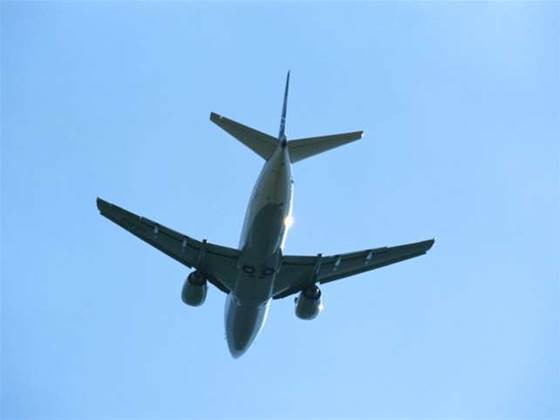British Government plans to introduce scanning technology into UK airports remain vague despite its scheduled roll-out in just a matter of weeks, while privacy organisations and child protection agencies have raised questions about the legitimacy of the technology.
The attempted bomb attack on a US-bound European plane before Christmas drove up airport security in Western countries, raising the need for more sophisticated scanning technology and a sturdier and more comprehensive security policy.
However, it is unclear what kind of scanning technology will be used and, significantly, whether it will be individual airports or the Department for Transport (DfT) that will carry out the testing of the machines.
In the US the method for scanning passengers is through Millimetre Wave technology, which beams millimetre-wave frequency energy over the body's surface at high speed to generate a three-dimensional image of the passenger.
The US Department of Security is also testing Backscatter technology which uses low-level X-rays to create the body image.
Even though Backscatter technology is still under US government assessment, a spokesman for the DfT said that it will be leaving UK testing and approval to the airports.
"The major airports will have to choose one of the two main technologies. We are not advising them on one or the other," he said.
A spokeswoman for Heathrow Airport, where scanners will be introduced this month, did not rule out the use of Backscatter systems. "It would not be appropriate to comment on the specifics," she said.
Meanwhile, a Gatwick spokeswoman was confused by the DfT statement, believing that testing was going to be carried out by the government rather than the airports. She said that Gatwick planned to wait for advice from the DfT on which system to deploy. "They are going to set the standards," she said.
Adding to the confusion surrounding the scanner introductions, the DfT spokesman could not clarify whether the scanners will be optional, as in the US, a move that would quell privacy concerns and those of child protection agencies. He thought that the process would be compulsory, but could not be certain.
When it came to privacy, the DfT spokesman said that the government would send the airports "a code of practice" which would include a rule that airport officers checking individuals' effectively naked images would be in a room shut off from the security passenger procedure area. However, he could not give further details of privacy checks and whether scanning equipment will blur passengers' faces.
While such vagueness surrounds the introduction of scanning equipment, privacy organisations continue to criticise the government's plans.
Simon Davies, director of Privacy International, said that the technology conflicts with laws protecting individual dignity regardless of whether the officer operating the scanning equipment is in the same room as the passenger.
"Any invasion of privacy has to be justified," he said. "Of course I want the airport to be secure. If a person is suspicious I want the airport to use every means to check them out, but the idea that every person is a suspect is writing an open cheque to the security industry."
Davies argued that airports should concentrate resources on investigating suspicious persons and activity, rather than spending money on scanners.
He ruled out the formation of a worldwide aircraft security database that would register all dangerous persons because he believes that this also has the potential to conflict with passenger privacy.
"There are thousands of questions that can be asked on how to make airport intelligence practical. What we need is a different approach," Davies concluded.
"I can see multiple failure points in current airport intelligence sharing, and what we need is to push politicians into thinking out of the box and radically."





_(22).jpg&h=140&w=231&c=1&s=0)



_(26).jpg&w=100&c=1&s=0)

 iTnews Executive Retreat - Security Leaders Edition
iTnews Executive Retreat - Security Leaders Edition












_(1).jpg&h=140&w=231&c=1&s=0)



